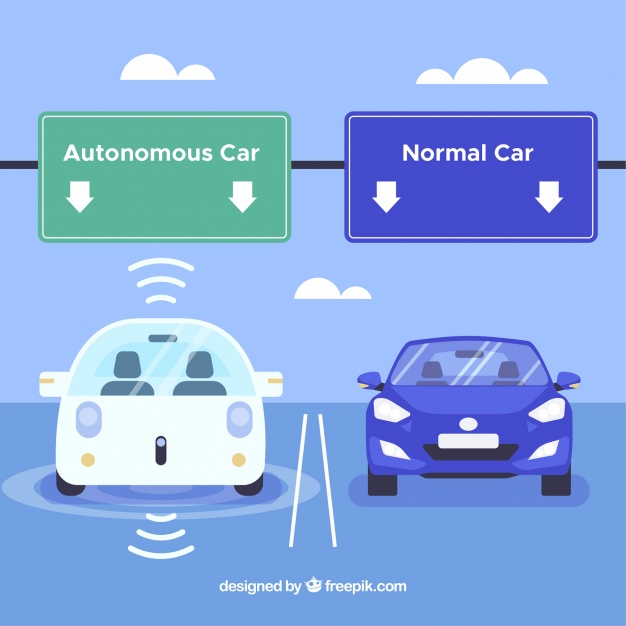Unit 4 Robot Control

All robots have three types of components: sensors, a control system, and actuators. If we compare robots to human beings, the sensors would be our senses. They send information to the control system (the brain) and we modify our behavior and affect our surroundings through actuators (parts of the body). A robot also needs a source of power in order to function and a physical structure to sustain the elements it is made up of.
Source: Adapted from the article “What is a robot? Getting to know sensors and actuators” (DIWO 2015).
4.1 Reading: How is a Robot Controlled?
Robotic control is a system that contributes to the movement of robots. This involves the mechanical aspects and program systems that make possible to control robots. Robotics could be controlled in various ways, which includes using manual control, wireless control, semi-autonomous, and fully autonomous. In the present day, as technological advancements progress, robots and their methods of control continue to develop and advance.
What is autonomy? Autonomy is the ability to make your own decisions. In humans, autonomy allows us to do the most meaningful, not to mention meaningless, tasks. This includes things like walking, talking, waving, opening doors, pushing buttons, and changing light bulbs. In robots, autonomy is really no different.

Autonomous robots, just like humans, also have the ability to make their own decisions and then perform an action accordingly. A truly autonomous robot is one that can perceive its environment, make decisions based on what it perceives and/or has been programmed to recognize and then actuate a movement or manipulation within that environment. With respect to mobility, for example, these decision-based actions include but are not limited to the following basics: starting, stopping, and maneuvering around obstacles that are in their way.
Source: Adapted from the Wikipedia article “Robot control” (Wikipedia contributors 2021b), which is released under the Creative Commons Attribution-Share-Alike License 3.0; and “What Are Autonomous Robots?” (Walker 2017).
- List several ways of controlling a robot.
Show/Hide solution
manual control, wireless control, semi-autonomous, and fully autonomous- What are the 3 main actions of a truly autonomous robot?
Show/Hide solution
perceive its environment, make decisions, actuate a movement or manipulation- Is this robot a truly autonomous robot?

Show/Hide solution
Yes if it performs all 3 actions: perception, decision, and actuation4.2 Writing: Manually Control a Robot
The easiest way to control a vehicle is with a handheld controller physically connected to the vehicle using a cable (i.e. a tether). Toggle switches, knobs, levers, joysticks and buttons on this controller allow the user to control the vehicle without the need to incorporate complex electronics. In this situation, the motors and a power source can be connected directly with a switch in order to control its forward/backwards rotation. Such vehicles usually have no intelligence and are considered to be more “remote controlled machines” than “robots.”
Check the Robotshop website for more examples.
4.4 Listening: TUG Autonomous mobile Robot in Hospitals
TUG by Aethon transports materials and supplies through hospitals.
TUG reduces costs and frees clinical staff to focus on what’s important: serving patients.
It can easily be used in existing as well as new construction since it requires no new infrastructure.
It integrates to building systems through
Its array of
TUG can make on-demand or pre-scheduled
The exchange platform will carry a wide variety of interchangeable carts and halls up to 1,000
TUG can be used by the pharmacy or lab to securely deliver medications and specimens using biometrically controlled access and pin codes.
It transports sterile operating room supplies, delivers meals, hall’s clean or dirty linen, removes trash or regulated medical waste.
TUG are
TUG can be controlled from a wide variety of
TUG with over 450 installed in hospitals. This is a proven reliable and cost-effective solution for automating internal logistics.
Show/Hide solution
Wi-Fi; sensors and lasers; deliveries; pounds; reliable; interfaces4.5 My Glossary
Translate these terms into your language.
